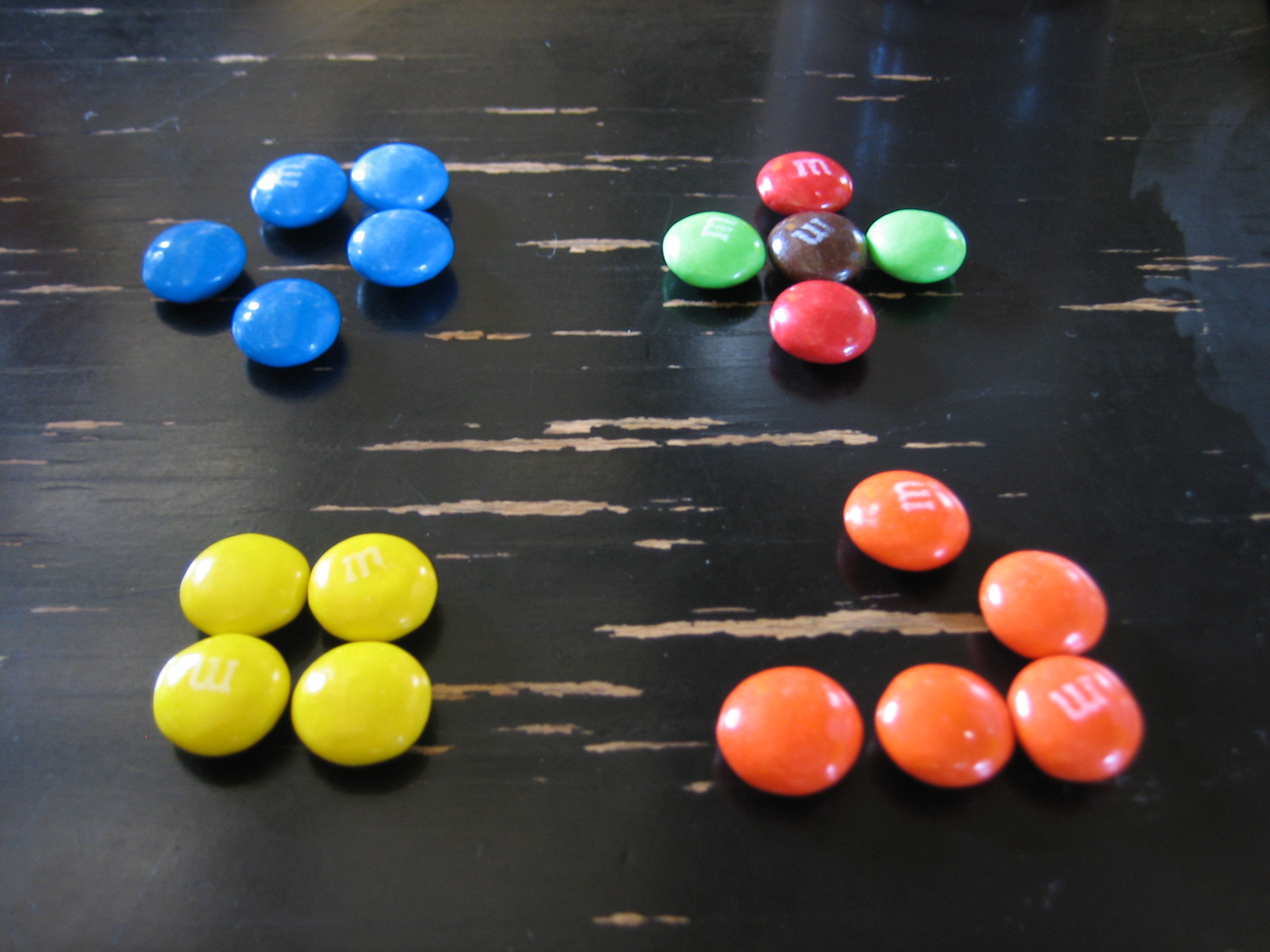I’ve been re-shelving books recently, which caused me to pick out and re-read Karl Sigmund’s Games of Life. It’s a great book - unashamedly playful, accessible, pun-dense prose (”Do lynxes let their hare down?”, “Y all those boys?”), which still provides enough detail on a whole raft of biological simulations for you to code up your own versions.
Anyway, a passage at the end of the chapter on John Conway’s Life struck a false note for me this time around. The chapter presents the argument that Life is capable of supporting self-replicating universal Turing Machines, and therefore evolution.
Note
It’s interesting to note that the “given probability” mentioned below doesn’t matter - it could be 0.000001 or 0.999999; all possible patterns will still turn up. Infinity is weird.
Quote
Now let us stretch our imagination somewhat more, and ask about the origin of life in the Life-universe. Conway’s answer is that it is inescapable. Inescapable, at least, under certain rather mild assumptions. If the game board is totally empty, of course, then nothing will ever happen; if, conversely, every cell is occupied then all will be polished off in the next instant; and similarly, there will be countless other initial positions yielding no self-replicating patterns. But these are all special cases. We should not try to tamper too much with Life. The simplest way to distribute matter randomly in the plane would be to have every cell, independently of its neighbours, occupied or not with some given probability. In this case, every conceivable finite pattern will certainly occur somewhere in the infinite plane. (It will even occur infinitely often.) Self-reproducing patterns will therefore also be bound to occur; very sparsely, to be sure, but present nevertheless. In this sense, the world of Life contains life almost as soon as it contains matter.
Many very different configurations will have the property of self-reproduction. They will be submitted to a natural selection of sorts. Some will multiply faster than others. Some will be quickly destroyed by Gliders happening to pass by, or by other patterns crawling across the plane. Some will be more resilient, or simply more lucky. Some will end up suffocated by their own offspring. Some will move too slowly, and some too fast. The proportion of successful patterns is bound to increase. The lifeless environment will change too.
Some automata will evolve rudimentary sense organs to obtain information about their surroundings. Some will develop the faculty to move into the direction which appears the most promising, or to flee from dangers. Some will withdraw into shell-like structures, and some will evolve offensive weapons. There will be species exploiting others, and species set upon cooperation. In due time, multicellular beings are apt to emerge - huge colonies of automata, obeying a common program and begetting other colonies. In order to discover better blueprints, such automata may start to recombine their instructions, using some two-dimensional forms of sexuality. There will be complex types of social interaction, and sooner or later some kind of intelligence too. These patterns will learn to feel and to think.
— Sigmund, Karl (1993) Games of Life. Oxford University Press
Only a mathematician could consider an infinite plane a “mild assumption”. This requirement, along with the randomised starting grid, means that simple self-replicators aren’t the only patterns present at t=0; every possible pattern is already represented. Every conceivable single-celled organism, multicellular organism and intelligent creature that Life can support, and every possible thought and memory that each of those creatures is capable of having, are all right there on the plane: infinite copies in infinite combinations. Every future state that a region can evolve into is already present somewhere else on the plane, so why bother to run the simulation at all?
Additionally, since the system is deterministic, it seems inevitable that some regions, purely by chance, would be set up to “run backwards” (complex creatures de-evolving into single-celled organisms, then into random blocks), make major jumps from one point in the phase space of possible lifeforms to another (akin to a chicken giving birth to a dachshund, which in turn gives birth to a clown fish), or behave in any other way we can imagine. In a system that can and will produce all these outcomes, considering evolution to be noteworthy smacks of observer bias. Yes, something that appears to be evolution is happening on the plane, but so are the dachshunds.
